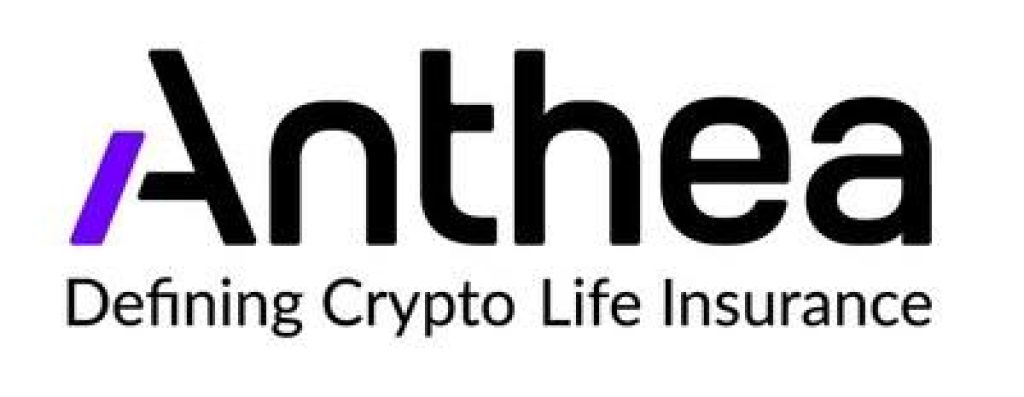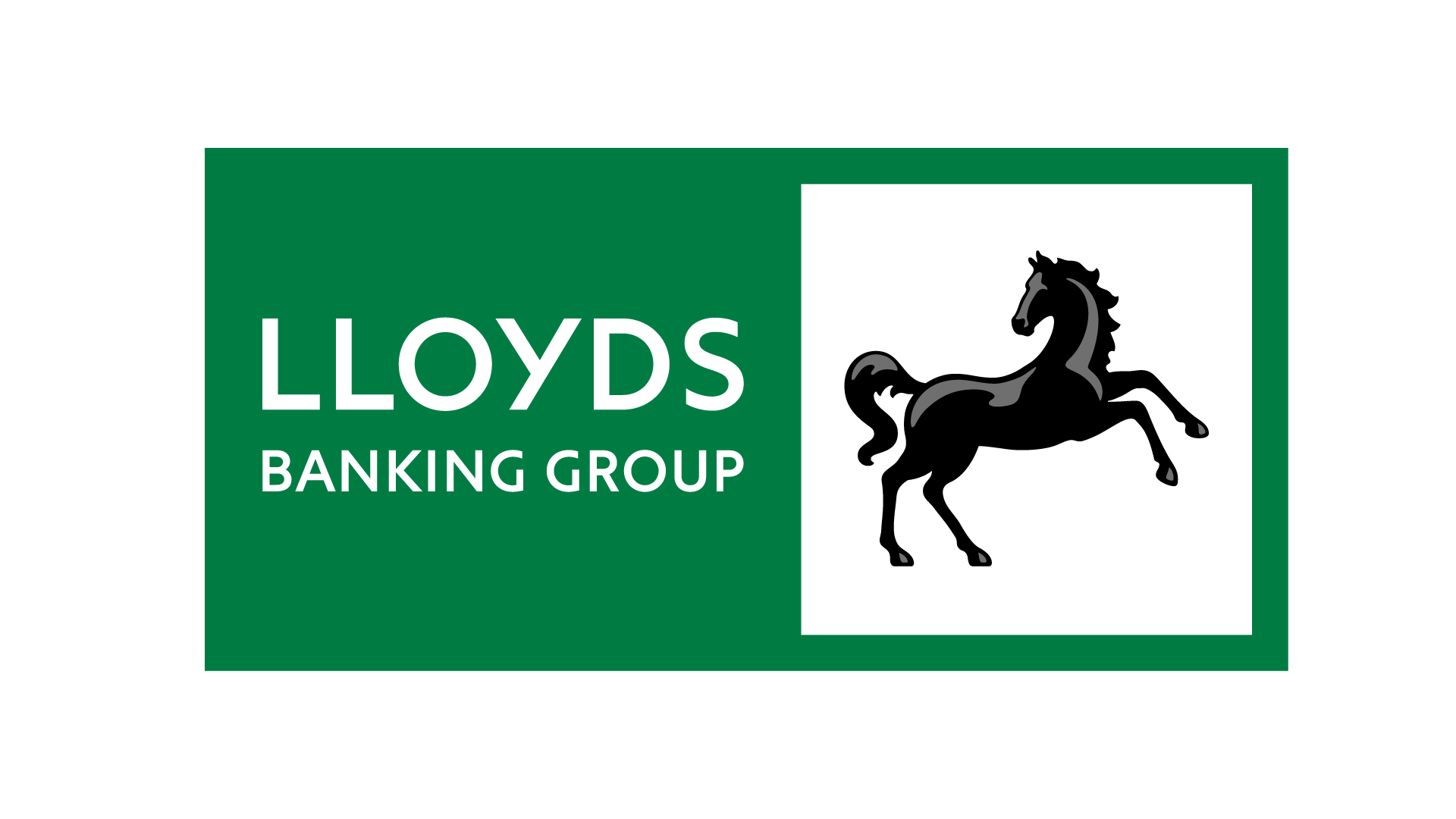Can You Open a Checking Account for a Child? Yes, Here’s How

Many banks, credit unions and fintechs offer checking accounts for kids, often designed for teenagers. But kids can’t open checking accounts on their own — they’ll need an adult’s help.
Can I open a checking account for my child?
Yes, parents can open checking accounts for their children.
To open a deposit account, like checking or savings, you must be at least 18 in most states. So, if you want your kiddo to have their first bank account before they turn 18, you’ll need to help them open it.
- Open an account for them under your name, and you maintain full ownership while they use it.
- Open a joint kids’ account with your kid, where you and the child are co-owners.
How to open a checking account for your kid
- Full name and birthday
- Social Security Number (SSN) or Individual Taxpayer Identification Number (ITIN)
- Parents’ government-issued ID, such as a driver’s license or passport
- Contact information, such as address, phone number and email
- Your child’s student ID if you’re opening a student bank account
For the most part, you’ll be able to apply for a kids’ checking account online. While there are a handful of banks that require you to visit a branch to apply, it’s not super common nowadays.

Hot tip: Some banks require parents to be customers of that bank before they can open a checking account for their kid. For example, the kids’ checking Chase First Banking account must be linked to a qualifying Chase checking account.
Top kids debit cards

- Finder-exclusive 2-month free trial plus $10 in allowance, then $5
- Optional parent-paid interest
- 35+ customizable card designs

all the latest winners.” data-html=”true” data-original-title=”” title=””>Finder Award
- Starts at $5.99/month after free trial
- Earn up to 6% on savings and 1% cashback
- Optional investing tools
- You and a referred friend can earn $30+

- $0 monthly fee
- Set custom spending limits
- Set money goals
- Must have parent account for kids under 18
Revolut is not a bank. Fees may apply. Banking services are provided by Lead Bank, Member FDIC. The Revolut USA Prepaid Visa and Prepaid Mastercard are issued by Lead Bank pursuant to licensing by Visa® U.S.A. Inc. and Mastercard International for Mastercard cards. Your funds are FDIC insured up to $250,000 through Lead Bank, Member FDIC, in the event Lead Bank fails. See revolut.com/en-US/ for more details. FDIC insurance does not protect your funds in the event of Revolut’s failure or from the risk of theft or fraud.
Are there age requirements for kids’ checking accounts?
Yes, many kids’ bank accounts have age requirements.
If you’re comparing traditional banking options, like the large national banks or local credit unions, most kids’ checking accounts require children to be at least 13 or 14. For example, Wells Fargo Clear Access Banking requires kids to be at least 13 to open, and teens 17 and under must apply at a branch.
Digital banking options tend to be more lenient when it comes to age requirements. Acorns Early requires kids to be at least 6 years old, BusyKid starts at age 5 and the Greenlight debit card doesn’t have an age requirement.
Are kids’ checking accounts safe?
Yes, checking accounts from accredited and insured banks and credit unions are generally safe.
Alongside regular protections that come with adult checking accounts, like debit card zero-liability protection, kids’ checking accounts usually come with extra parental controls. These can include custom spending limits, spending alerts and store restrictions. Parents often have the ability to lock the card, too.
Kids’ checking accounts typically come loaded with these protections:
- FDIC or NCUA deposit insurance
- Encryption to protect sensitive data
- PIN protection for in-store debit card purchases
- Zero-liability fraud protections, such as Visa and Mastercard’s protection policies
- Transaction monitoring and alerts
Hot tip: Most kids’ debit cards won’t allow transactions to go through for adult-related purchases, such as the lottery and alcohol.
Costs of kids’ checking accounts
If you just want something basic for your kiddo, many traditional banks and credit unions waive their monthly fees for teen checking accounts, usually until they turn 24 or 25.
If you go with a digital banking option, such as Greenlight or BusyKid, those apps usually start at $5 per month. However, these accounts tend to come with extra perks, like chore and allowance tracking, custom controls and investing options.
Aside from monthly fees, be aware of these other common fees with checking accounts:
- Overdraft fees. While most kids’ checking accounts don’t allow overdrafts, if the account does allow it, it may cost around $30 per incident, so watch out for those.
- Inactivity fees. Some accounts charge $5 to $15 per month if the account isn’t used at all.
- Paper statement fees. Usually around $5 per month to get paper statements mailed, but you can typically opt into estatements and waive that fee.
- Cash deposit fees. Digital banking apps that allow cash deposits at retail locations through Green Dot usually charge around $5 per reload, whereas traditional options don’t charge fees for deposits at ATMs or branches.
Are there kids’ savings accounts?
Of course! You actually have a lot of kids’ savings and investment options.
There are kids’ savings accounts, such as the Alliant Kids Savings Account, offering up to 3.1% APY with a waiveable $1 monthly fee.
There are also custodial accounts that adults can set up for a minor, such as the Schwab One Custodial Account. In this case, parents have control over the account until the child comes of age. Other options include UTMA/UGMA and 529 accounts, which parents or other family members often open to save for college or other expensive life expenses.
Bottom line
If you want your kid to have their own checking account, and they’re under 18, you’ll need to open the account with them.
Compare more kids’ banking resources and guides, like kids’ debit cards, chore calculators, top allowance apps and investing options.







